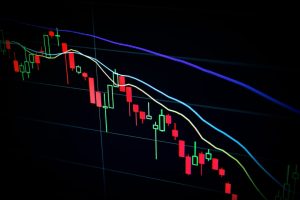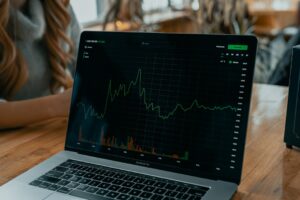Forex, also known as foreign exchange or currency trading, is the world’s largest and most liquid financial market. It is a decentralized market where currencies are traded 24 hours a day, five days a week. Forex trading involves buying and selling currencies with the aim of making a profit from the fluctuations in their exchange rates.
If you are new to forex trading, it can be overwhelming to understand the basics of the market. In this beginner’s guide, we will discuss the fundamentals of forex trading, its advantages and risks, and how to get started.
What is forex trading?
Forex trading involves buying one currency and selling another currency simultaneously. For example, if you believe that the Euro will rise against the US dollar, you can buy Euro and sell US dollars. When the Euro rises in value, you can sell it and make a profit.
The forex market is open 24 hours a day, five days a week. This means that you can trade at any time, regardless of your time zone. The market is also decentralized, meaning that there is no central exchange where all trades are conducted. Instead, forex trading is conducted through a network of banks, brokers, and dealers.
Advantages of forex trading
Forex trading offers several advantages over other financial markets. One of the biggest advantages is its liquidity. The forex market is the most liquid market in the world, with an average daily trading volume of $5.3 trillion. This means that you can buy and sell currencies at any time without worrying about finding a buyer or seller.
Another advantage of forex trading is its leverage. Forex brokers allow traders to trade with leverage, which means that you can trade with more money than you have in your account. For example, if your broker offers a 100:1 leverage, you can trade $100,000 with just $1,000 in your account. This can amplify your profits, but it also increases your risks.
Risks of forex trading
Forex trading also comes with risks that traders should be aware of. One of the biggest risks is the volatility of the market. Currencies can fluctuate rapidly in value, which can lead to significant gains or losses in a short amount of time. This makes forex trading a high-risk, high-reward market.
Another risk of forex trading is the use of leverage. While leverage can amplify your profits, it can also amplify your losses. If you are not careful, you can lose more money than you have in your account.
Getting started with forex trading
If you are interested in forex trading, the first step is to choose a reputable broker. You should choose a broker that is regulated by a reputable financial authority, such as the Financial Conduct Authority (FCA) in the UK or the Securities and Exchange Commission (SEC) in the US. A good broker should also offer competitive spreads, fast execution, and a user-friendly trading platform.
Once you have chosen a broker, you should open a demo account. A demo account allows you to practice trading without risking any real money. This is a great way to get familiar with the trading platform and test your trading strategies.
After you have practiced enough on the demo account, you can open a live account and start trading with real money. You should start with a small amount of money and use low leverage until you are comfortable with the market.
Conclusion
Forex trading is a high-risk, high-reward market that offers several advantages over other financial markets. If you are new to forex trading, it can be overwhelming to understand the basics of the market. However, with the right broker and a good trading strategy, forex trading can be a profitable venture. Always remember to start with a small amount of money and use low leverage until you are comfortable with the market.






